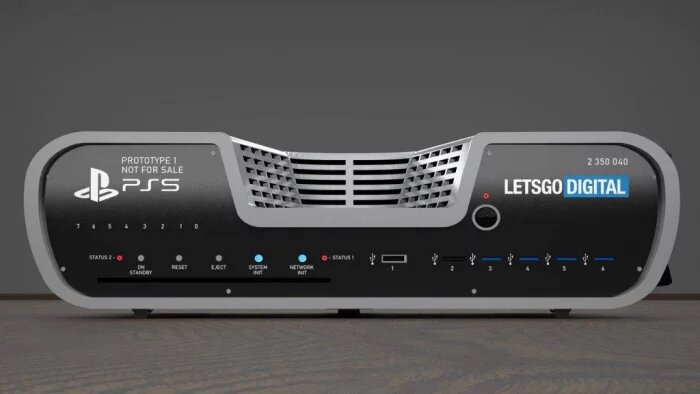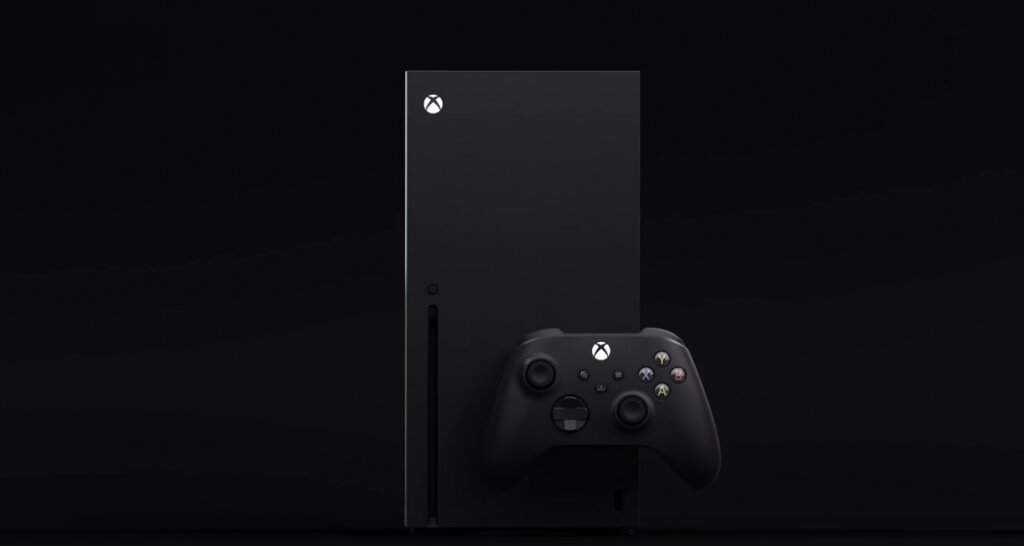While both Sony and Microsoft have already confirmed that they will be releasing the next generation of their consoles in 2020, little is known about them – especially what we can expect on the hardware side. But a recent leak may have given the first clues about the capacity of both consoles.
According to Eurogamer, GitHub has found a fragmented APU test for a Ryzen processor that is rumored to be the component that will be used on the PlayStation 5. And within the same database, you can also see the benchmark results taken from the 3DMark program, which gives details about the GPU that will be part of the Xbox Series X, Microsoft’s next console.
The content of GitHub does not reveal any information about the CPU itself, but confirms that the component will use 36 compute units with a speed of 2 GHz. If this value is really true, it indicates that the PS5 will have a 9.2 teraflops GPU – which is much higher than the standard PlayStation 4 (1.8 teraflops) and the PlayStation 4 Pro (4.2 teraflops).

The leak also suggests that the PS5 will use GDDR6-type memories (the same ones used by Navi RX 5700 series graphics cards for computers). The bus width is 448 GB/s, but some of the results indicate that it can reach up to 512 GB/s. This can be an indicator of a 14gbps GDDR6 that can be upgraded to a 16gbps GDDR6 using the same 256-bit interface, or improved cache performance.
Although this information has not been confirmed to be even from a component that will be used on the PS5, Eurogamer technology editor Richard Leadbetter decided to “reverse engineer” based on a series of information released by AMD regarding specifically the PS5. According to this information, the new console from Sony should use a “changeable” GPU, which can be configured in three distinct modes, designed to operate the long-awaited backward compatibility with previous consoles of the company.
Of these three modes, a 2 GHz clocked GPU is described as being used for the “native” or “Gen 2” mode, which would be the “full” performance of the device. The existence of the “Gen1” and “Gen0” modes has also been revealed, and the first of them will work with 36 compute units running at a 911 MHz clock, 218 GB/s bus width and 64 ROPS memory – which are the specifications of the exact operation of the PS4 Pro. This means that the information found on GitHub not only matches what is expected to be the “maximum performance” of the PS5, but also enables the rumors of backwards compatibility of the console to be true.
Unfortunately, information about the Xbox One Series X is even scarcer, and only reveals that the GPU used by the console should have a total of 3,584 shaders. But according to Leadbetter, taking into account the history of other AMD products, this figure should mean that the graphics processor of Microsoft’s new console should have about 56 compute units with a speed between 1680 MHz and 1700 MHz each, that would make the Xbox Series X operate with about 12 teraflops.

Looking at all of this information in context, one can come to the conclusion that, as opposed to fighting over the same space, Sony and Microsoft will arrive at the next generation of consoles with a very different approach: while the PS5 seems to be striking a price balance. In terms of cost and performance (which is the standard strategy for a video game console), Microsoft seems to be not worrying so much about price, as the Xbox 360 X is likely to be the most expensive of both consoles.
But this is all part of the company’s strategy, which seems to want to bring its video game division closer to the model used by the smartphone market today: in addition to the already confirmed “Series X”, it is rumored that the company is also working on an “Xbox S Series”, which would be a successor to the Xbox One S – that is, a less powerful and cheaper version. Thus, the company would be aiming for a business model similar to that of smartphones, offering different products that would suit the financial conditions of its customers.
So far, the only hardware confirmation from the consoles is that they should both use Samsung SSDs, which was unveiled in November by the Korean company itself. Both the new (or new) Xbox and PlayStation are expected to be presented to the public in more detail during E3 2020, and both video games have already been released by the end of the same year.
Source: ONMSFT